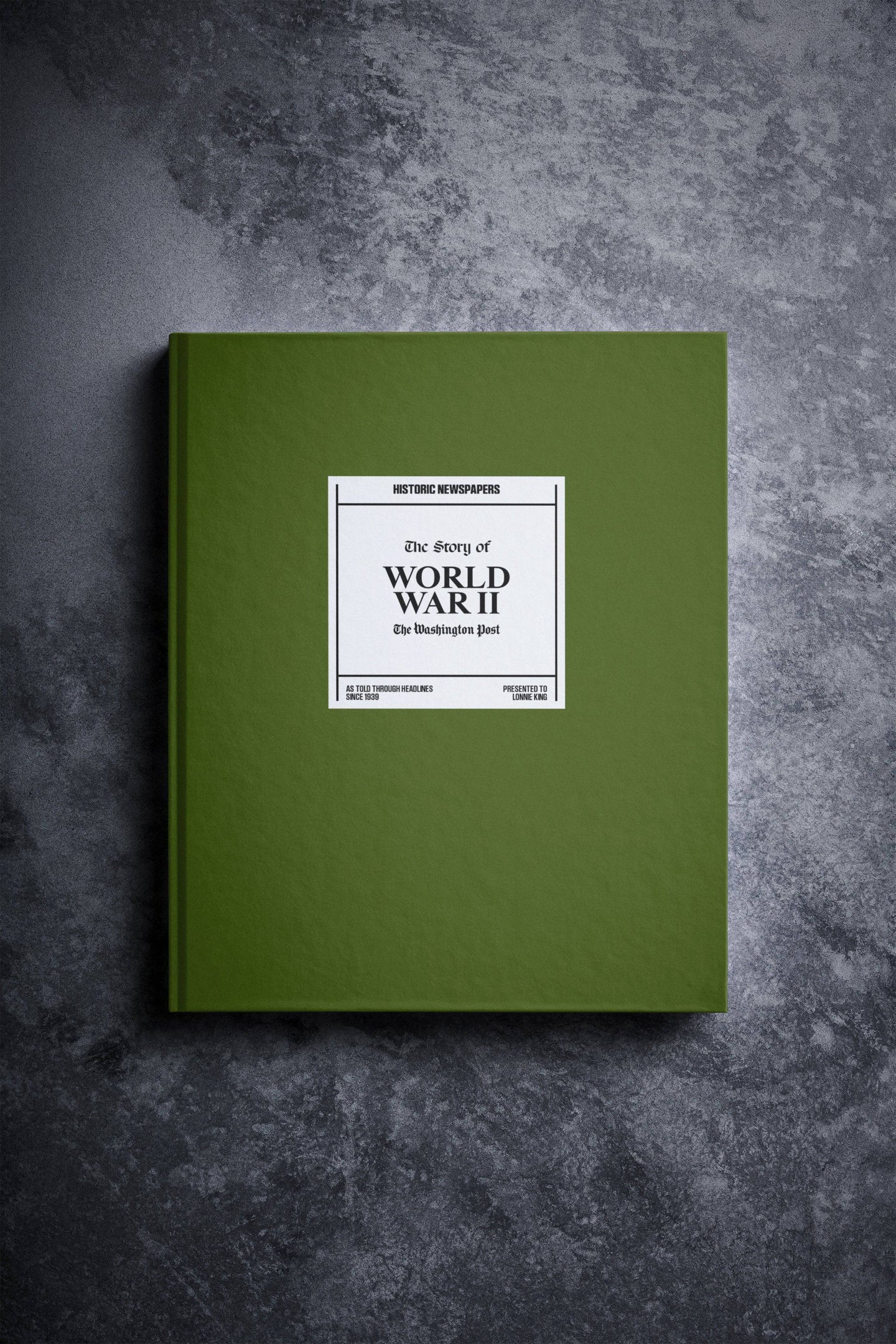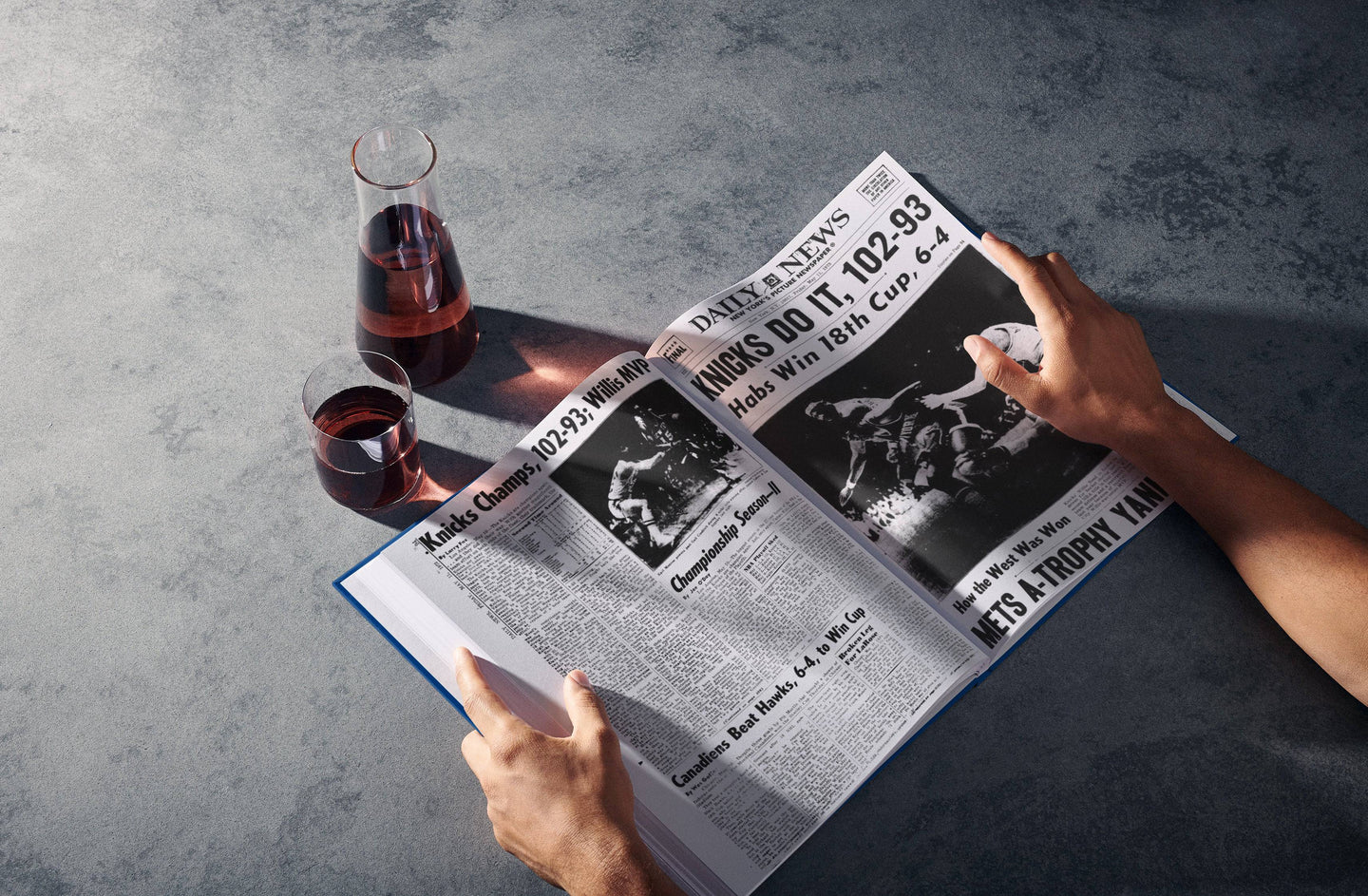Alice Paul was a political activist who played a key role in the suffragist movements, both in the UK and in the US. Following on from our popular women’s suffrage timeline, we’ve created an Alice Paul life timeline and explored all the amazing work she did for gender equality.

Alice Paul in front of the National Women’s Party (NWP) flag
Image: Picryl
Childhood and Education
Alice Paul was born on 11th January 1885 in New Jersey, USA. She grew up in a Quaker household, being a descendant of William Penn who was the Quaker founder of Pennsylvania. During her childhood, she frequently attended suffragist meetings with her mother, who was a member of the National American Woman Suffrage Association (NAWSA).
Paul attended Swarthmore College and during her time there, she was a member of the Executive Board of Student Government, which may have been the start of her passion for political activism. Paul went on to graduate in 1905 with a Bachelor’s degree in Biology.
After doing some settlement work in New York City, she graduated with a Master of Arts degree from the University of Pennsylvania in 1907. During her Master’s, she studied a mixture of political science, sociology and economics, learning a great deal that would later aid her work as a Suffragette.
Paul then moved to England and continued pursuing post-graduate studies from the University of Birmingham, which is where she first heard Christabel Pankhurst speak, leader of the Women’s Social Political Union (WSPU). She later moved to London to continue her studies in sociology and economics at the London School of Economics, which is where she joined the WSPU.
Paul also later received her law degree (LLB) in 1922, her Master of Laws degree in 1927 and a doctorate in civil law from the Washington College of Law at American University.

Alice Paul in academic robes
Image: Library of Congress
Timeline of Alice Paul
1900s
In 1907, when Paul was a member of the Women’s Social Political Union (WSPU), she was arrested many times and served three jail terms. While visiting the headquarters of the WSPU in Scotland, Paul and other local suffragettes protested a speech by Sir Edward Grey, with Paul interrupting the speech by shouting at Grey to extend the ideals of prosperity that he was promoting to women as well. This ended violently as police dragged Paul out through the streets and arrested her in the nearest police station. However, this was part of Paul’s plan. She had hoped to draw in public sympathy and aimed for many to see what happened as public silencing, which in turn caused an uptick in press coverage.
On 9th November 1909, the Lord Mayor of London planned to host an event at the Guild Hall in honour of Lord Mayor’s Day, to which Paul planned the WSPU’s protest in response. Alongside fellow suffragist Amelia Brown, Paul disguised herself as a cleaning woman and snuck into the Guild Hall at 9am with the other staff members. The pair then waited inside the building until the event started later on that day before they came out of hiding for their protest. Brown threw one of her shoes through a pane of glass just as the Prime Minister H. H. Asquith stood to speak, whilst both Brown and Paul yelled ‘Votes for Women!’ Both women were later arrested and sentenced to one month’s hard labour, as they had both refused to pay any fines or damages associated with the protest.
Whilst Paul was imprisoned several times during her work with the WSPU, she learnt various civil disobedience tactics, like hunger striking, which was a tactic that led to an early release for Paul for both her first and second stints in prison. However, she attempted a hunger strike in her third imprisonment, to which the Warden ordered near-constant force-feeding to maintain Paul’s strength long enough for her to finish her one-month sentence. This led to Paul developing severe gastritis, so severe that she was carried out of prison at the end of her sentence and immediately taken to a doctor. This torturous event meant that her health was permanently damaged and meant she was frequently hospitalised by coughs and colds. Paul was later given a Hunger Strike Medal for Valour by the WSPU.
1910s
In January 1910, Paul returned to the United States to recuperate following the period of poor health caused by her last London imprisonment, but whilst recovering, she also started to develop her plan to gain the vote for women in the United States.
She continued her post-graduate education and began attending National American Woman Suffrage Association (NAWSA) protests and rallies; she was even asked to speak at NAWSA’s annual convention in April 1910.
Paul arranged the 1913 Woman Suffrage Procession in Washington, which was set to go ahead the day before President Wilson’s inauguration, as Paul was determined to put as much pressure on Wilson as possible. Paul managed to assemble around 80,000 suffragettes from around the country for the parade. Sadly, however, the event quickly became almost a riot, as over 500,000 people came to view the parade and there was not enough police protection for the suffragettes. As police stood by idle whilst the rioters stopped the protesting women in their tracks, a senator who was also marching personally took the badge numbers of over 20 police officers who failed to protect the women as they should.
Following the NAWSA disbanding in the mid-1910s, Paul formed the National Woman’s Party (NWP) in 1916 and aimed to introduce some of the methods she had used and witnessed in the British suffragist movement. In January 1917, the NWP picketed outside the White House, which was part of the nonviolent campaign known as the Silent Sentinels. This protest lasted over two years and they maintained their presence outside the White House six days a week throughout the two years. They wore white, remained silent and held signs demanding a right to vote. In June 1917, the Silent Sentinels were arrested for supposedly obstructing traffic, which led to Paul, amongst others, being convicted and imprisoned.
To demonstrate her solidarity with other suffragettes, Paul deliberately received a seven-month prison sentence on 20th October 1917 and was sent to the District Jail. At the District Jail, Paul began a hunger strike and was consequently sent to the psychiatric ward to be force-fed via a feeding tube.
On 14th November 1917, other suffragists imprisoned at Occoquan Workhouse (now known as The Lorton Reformatory) were subject to extreme brutality at the hands of prison guards, which would later be described as the Night of Terror. The NWP went to court protesting the vicious attacks and by late November, all the suffragists had been released from prison. Within two months of this, President Wilson announced the bill for women’s right to vote.
1920s and Beyond
Now that suffrage was achieved, Paul and other members of the National Woman’s Party (NWP) moved their focus towards constitutional equality through the Equal Rights Amendment, which was written by Paul and another political activist, Crystal Eastman. The amendment was named the Lucretia Mott Amendment, honouring suffrage and antislavery activity Lucretia Mott, but was later renamed in 1943 the Alice Paul Amendment. Beyond suffrage, Paul remained determined about gender equality, continuing her work with the NWP and later becoming president again in the 1940s.

Alice Paul sewing a star onto the National Women’s Party (NWP) flag
Image: Picryl
Death and Legacy
Paul died in July 1977 aged 92 in New Jersey, USA, less than a mile from where she was born. Paul was inducted into the National Women’s Hall of Fame posthumously in 1979 and was later inducted into the New Jersey Hall of Fame in 2010.
Paul has been honoured in various ways over the years. In 2016, President Barack Obama renamed a monument as the Belmont-Paul Women’s Equality National Monument in honour of Alice Paul and Alva Belmont, a fellow suffragist. Both Swarthmore College, where Paul studied her Bachelor’s biology degree, and Montclair State University (in New Jersey) have also named a dormitory after her in her honour. Similarly, the University of Pennsylvania, where Paul studied her Master’s degree, has the Alice Paul Centre for Research on Gender, Sexuality and Women. She was also immortalised as a postage stamp twice: once by Great Britain in 1981 and again in 1995 by the United States.
Alice Paul lived a long and incredible life motivated by knowledge and passion for what was right. She pursued gender equality and sought to achieve true equality in every avenue she knew to be important.


























Follow us